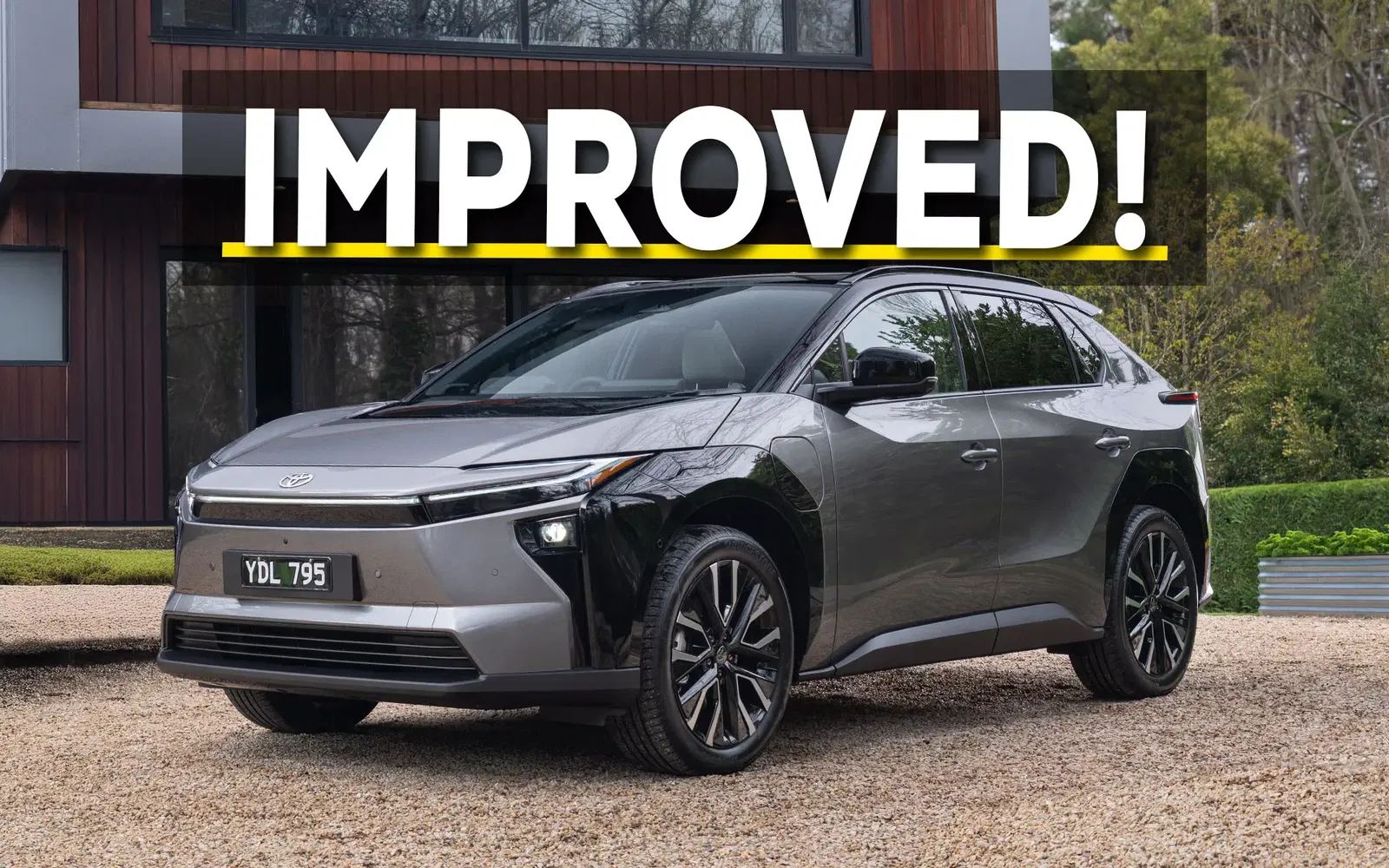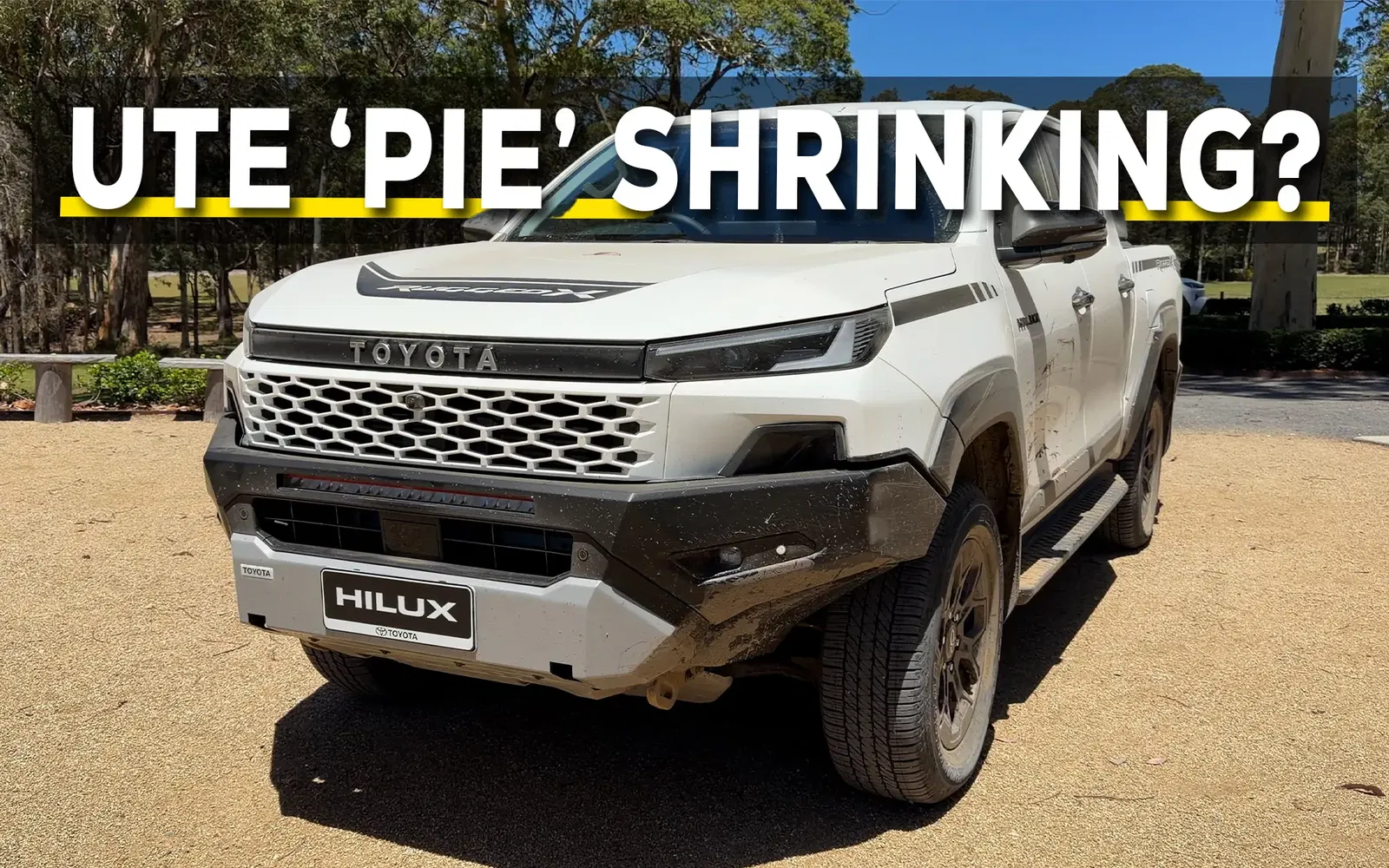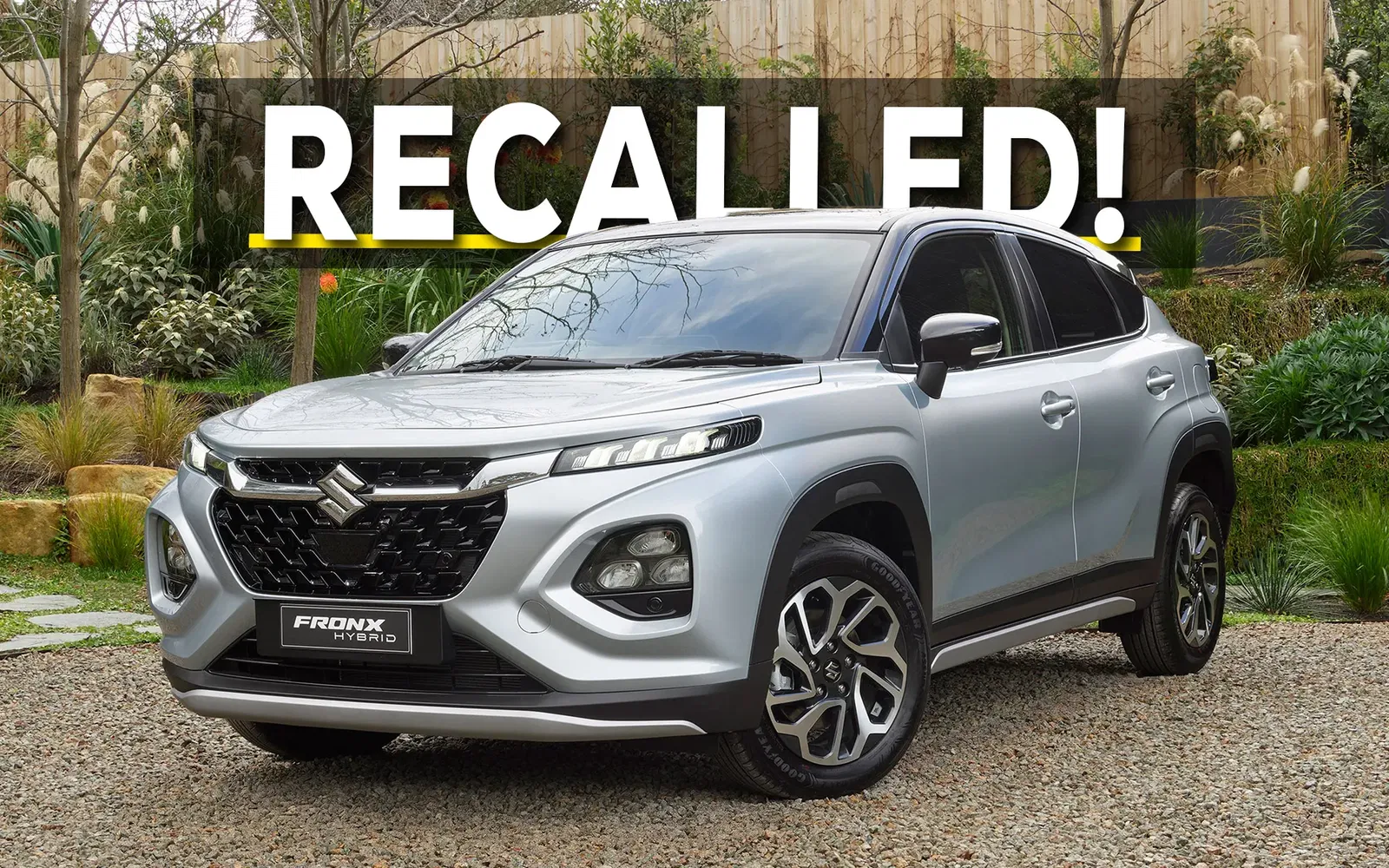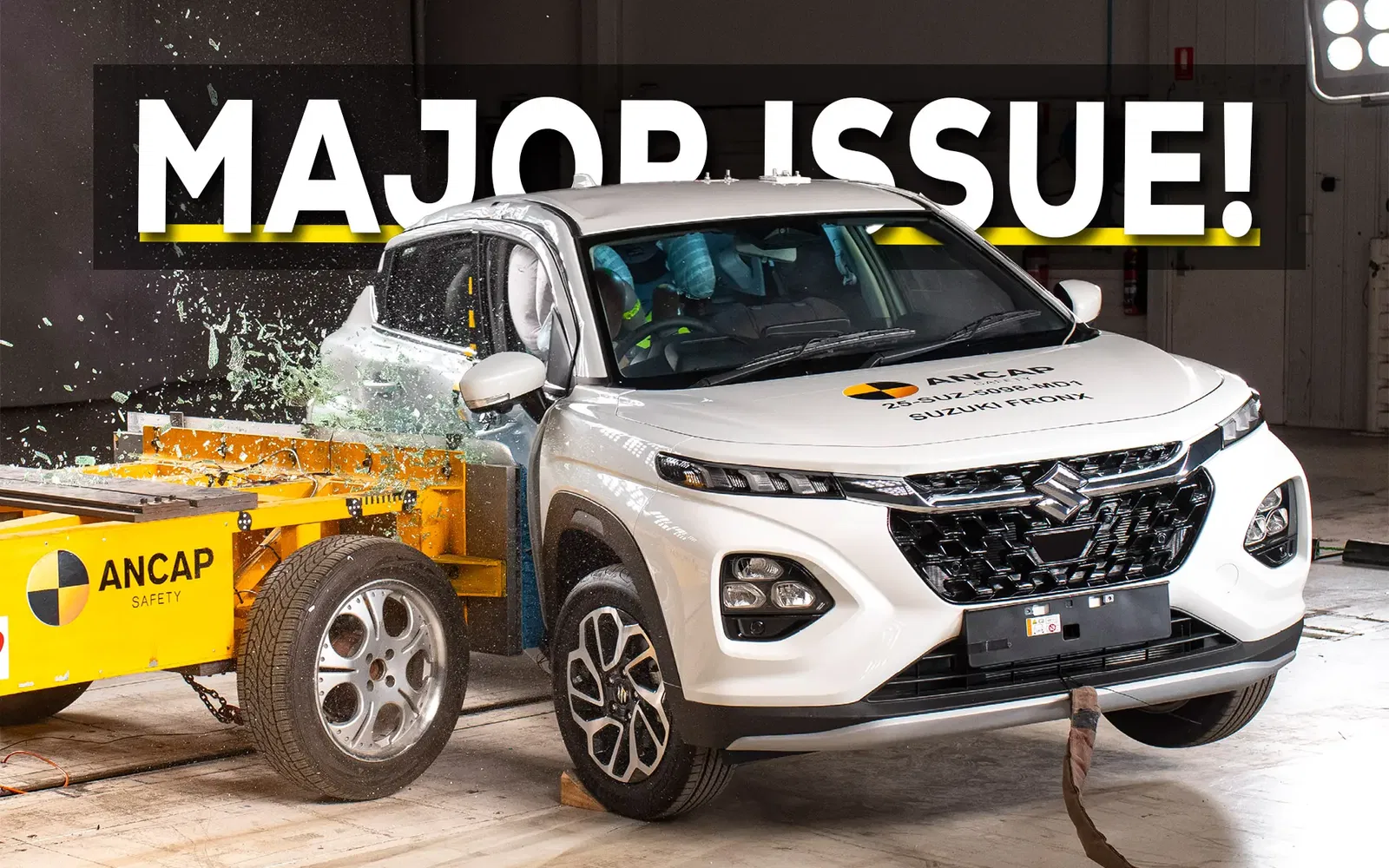Toyota has confirmed that the HiLux will go electric in 2026, with a battery-electric double-cab 4x4 variant set to join the line-up in the first half of the year.
The announcement was made by Sean Hanley, Toyota Australia’s Vice President for Sales and Marketing, during a media preview of the new-generation HiLux at the company’s Altona Product Centre.
“For the very first time, we will be launching a fully electric HiLux in 2026,” said Hanley.
“It will be available for anyone who wishes to purchase one, but we are primarily targeting fleets and urban trade users that will benefit most from the advantages a BEV offers.”
Hanley said the electric HiLux aligns with Toyota’s “multi-pathway” decarbonisation strategy, which spans hybrid, plug-in hybrid, battery-electric, hydrogen and biofuel powertrains.
“Battery-electric vehicles are not the only solution,” he said. “We’ll continue to provide the right powertrain for the right application, and this BEV HiLux is another important step on that journey.”
The new HiLux will also mark the first fully electric ute to be sold in Australia since the LDV eT60, which, when combined with its combustion-engine 4x2 counterpart, has sold just 19 units so far this year. The LDV eT60 is limited to 2WD, delivers up to 330 km of range (WLTP), and produces 130 kW and 310 Nm from its single electric motor, with only 1-tonne of braked towing capacity. It is currently priced at $92,990 before on-road costs.
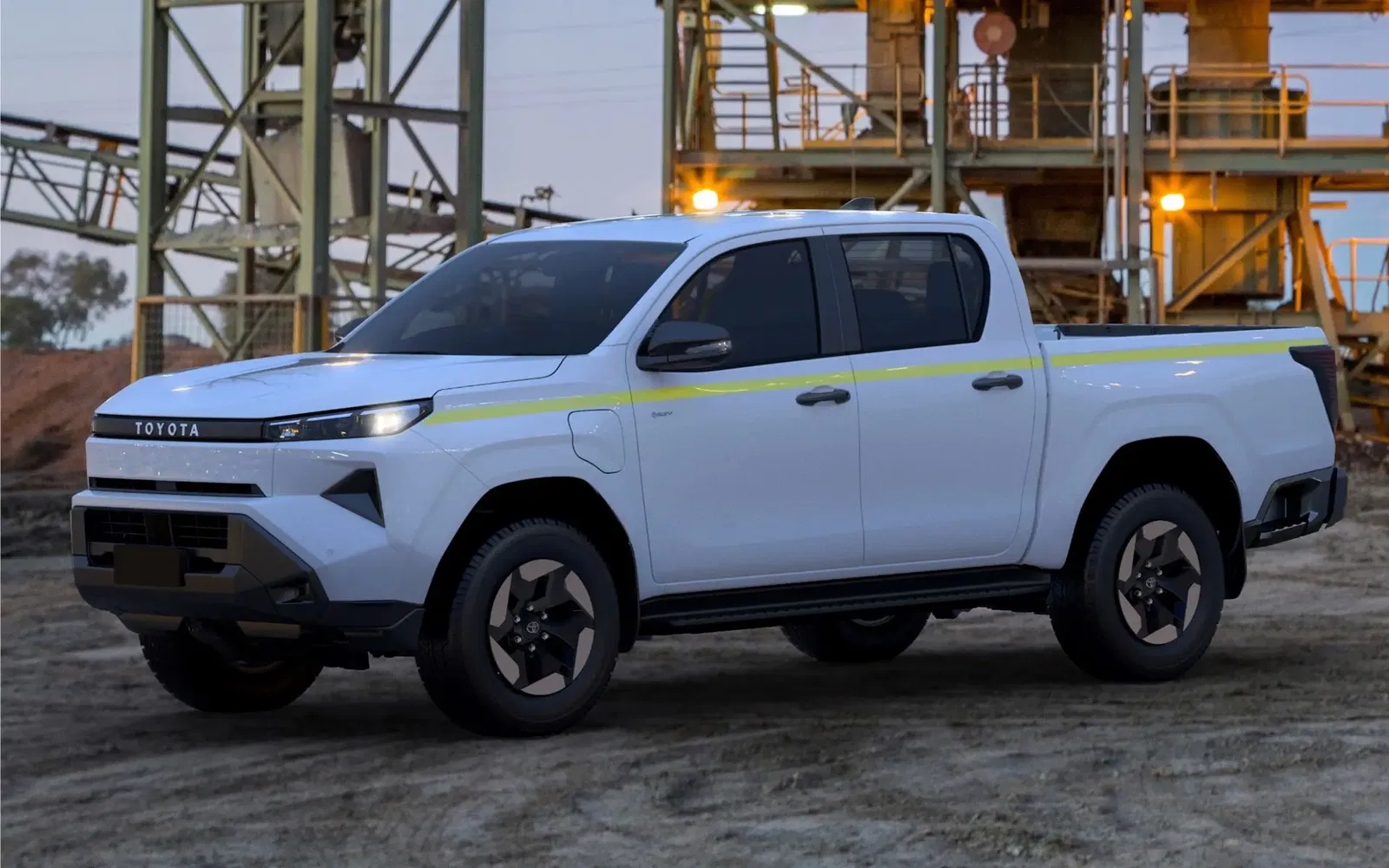
Toyota has since confirmed that prototypes of the HiLux BEV have been tested extensively in Australia, including a trial program currently underway with BHP. The company says this local validation program will ensure the electric HiLux meets the same standards of durability, off-road performance and reliability expected of the nameplate.
A Toyota Australia representative confirmed the HiLux BEV will feature dual-motor, full-time 4x4 capability, while retaining the traditional body-on-frame construction that underpins the diesel models.
The electric version will launch in two configurations - a fleet-focused lower variant combining the key features of current WorkMate and SR specifications, and a higher-grade version offering additional equipment.
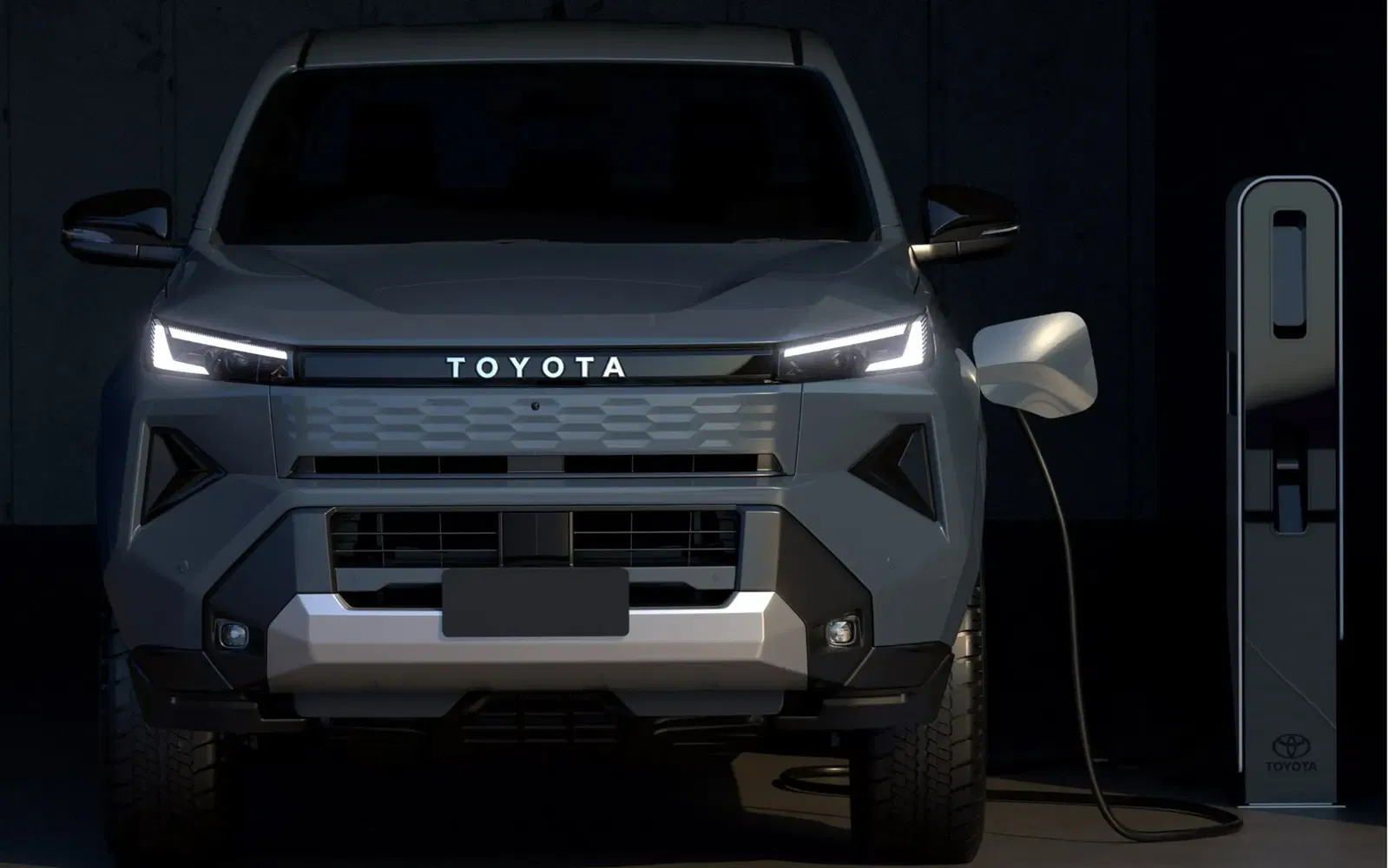
While Toyota Australia hasn’t yet revealed official figures for battery capacity, range, payload, or towing, the Thai-market Hilux Travo-e — believed to be the same vehicle under a regional nameplate — was shown with:
- Dual-motor all-wheel drive producing a combined 124 kW (169 hp)
- 59.2 kWh lithium-ion battery with a claimed 315 km range (NEDC standard)
- AC charging up to 10 kW, and DC fast-charging up to 125 kW
- Diamond Guard underbody and battery protection system
- Dynamic Cloud chassis technology designed to improve ride comfort and stability
- A 12.3-inch digital cluster and 12.3-inch central touchscreen with wireless Apple CarPlay and Android Auto
- Electronic parking brake, wireless phone charging, and the latest Toyota Safety Sense suite
These specifications are for the Thai-market model, but given Toyota’s local engineering involvement, it’s likely the Australian version will share similar hardware when it launches.

When asked about naming, Toyota confirmed the model will simply be known as the HiLux BEV, rather than a new sub-brand or variant family.
The company reiterated that the electric HiLux will co-exist with diesel and mild-hybrid versions in the broader range, forming part of Toyota’s “multi-pathway” approach to decarbonisation.
Hanley admitted the HiLux BEV would not be a high-volume model but described it as “a great statement that Toyota is not anti-BEV at all.”
“It’s got to be competitive and affordable for those that want it. There’s no use putting it out there if it’s going to be $100,000. It’s about getting the timing right and giving the market confidence in the technology.”
Full technical specifications will be announced closer to launch, but Toyota has confirmed the HiLux BEV will arrive alongside the new-generation HiLux range, designed and developed largely in Australia, featuring a refreshed exterior design, upgraded technology, and improved comfort across the line-up.
Hanley reaffirmed that the brand remains committed to emerging low-carbon fuels, including biodiesel and hydrogen, as part of a broader plan to reduce emissions while “leaving no one behind.”
FAQ
When will the electric Toyota HiLux go on sale?
Toyota will launch the battery-electric HiLux in the first half of 2026, alongside the updated HiLux range.
What kind of vehicle is the HiLux BEV?
It’s a fully electric double-cab 4x4 ute, retaining the HiLux’s body-on-frame construction and off-road capability.
Who is the electric HiLux aimed at?
Toyota says the HiLux BEV will primarily target fleet and mining operators who drive shorter routes and can easily recharge on-site.
How does it compare to the LDV eT60?
The LDV eT60, priced at $92,990 before on-roads, is 2WD-only with 330km WLTP range, 130kW/310Nm, and just 1-tonne towing. The HiLux BEV is expected to offer greater capability.
What powertrains will Toyota continue to offer?
Toyota will keep its multi-pathway strategy, offering diesel, hybrid, electric, hydrogen, and biofuel options across its lineup.
Will the HiLux EV be expensive?
Sean Hanley said Toyota intends to keep it “competitive and affordable”, targeting attainable pricing rather than luxury positioning.
Sign up to our newsletter
Be the first to know when we drop new car reviews.
.avif)


